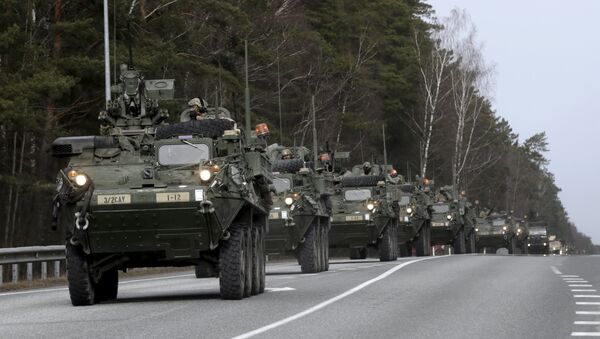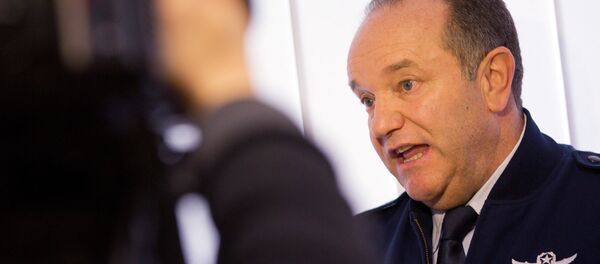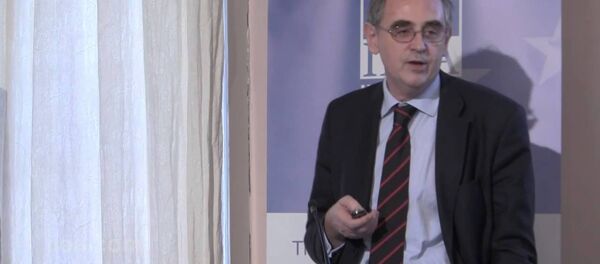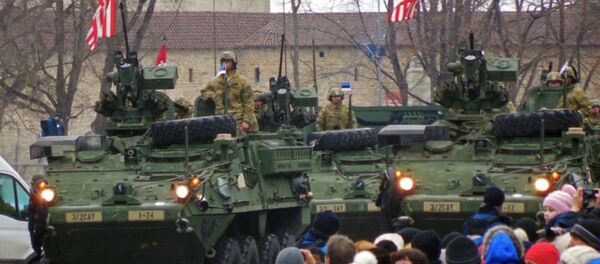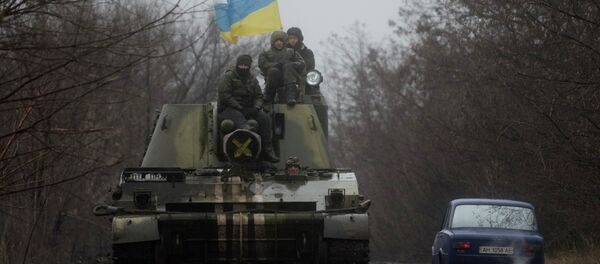WASHINGTON (Sputnik) — The NATO alliance is undergoing the largest increase in reinforcing its collective defense, NATO Secretary General Jens Stoltenberg said Wednesday.
NATO is increasing its presence among eastern European allied countries, he noted, adding that the alliance is setting up command units in six countries in its east.
"This is only the beginning of a great and important adaptation…of NATO," Stoltenberg stated.
In early February, the alliance said that its Response Force, stationed close to Russia in Eastern Europe, would more than double and would include 30,000 military personnel. All of these moves are taking place amid strained NATO-Moscow relations, as the organization boosts its presence near Russian borders.
Russia’s snap exercises is something NATO is following “very closely,” he added.
“It is also part of the reason why we are responding with increased readiness of our forces, doubling the size of NATO response force, and also establishing the NATO command units in six eastern allied countries, and also increasing our military presence and a number of exercises,” Stoltenberg said.
However, NATO Secretary General added that every nation, including Russia, has the right to exercise its forces.
“The key thinking is that while having more ready, more prepared forces [in Eastern Europe], we do not need to station them permanently, but we have the ability to reinforce when needed,” Stoltenberg stated at a press conference in Washington, DC.
NATO’s Secretary General explained that the Alliance was establishing new command units in Eastern Europe, which were creating the link between the national defense systems and the multi-nation NATO defense.
“Combined with improved situational awareness, intelligence, reconnaissance we are able to reinforce when needed,” the NATO Secretary General concluded.
On March 20, Stoltenberg said that NATO needed several key elements to fight Russia's hybrid warfare. The bloc should use more intelligence, surveillance and reconnaissance, as well as special operation forces, according to Stoltenberg.
The decision whether to supply lethal arms to the Ukrainian military will not be made by the NATO alliance as a whole, but is an issue that the Alliance’s members will decide individually, Jens Stoltenberg said.
While NATO member states will be responsible for deciding their relationship to Ukraine, the Alliance will continue providing Ukraine with “practical support” and “strong political support,” he said.
The 28-member NATO alliance is divided among those who wish to provide further military support to Ukraine — including parts of the US government, Norway, and the United Kingdom — and others like Spain, France and Italy that have stated they do not want to provide lethal support.
The alliance accuses Russia of sending troops and equipment to Ukraine’s war-torn Donetsk and Lugansk regions. Russia has repeatedly dismissed all the allegations, expressing concern over the buildup of NATO forces along its western border.
